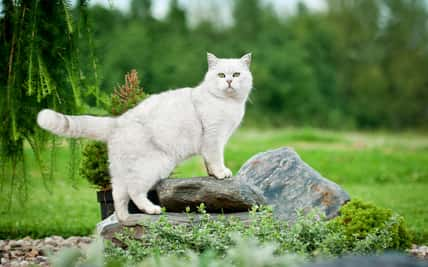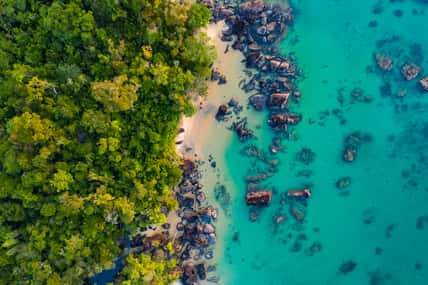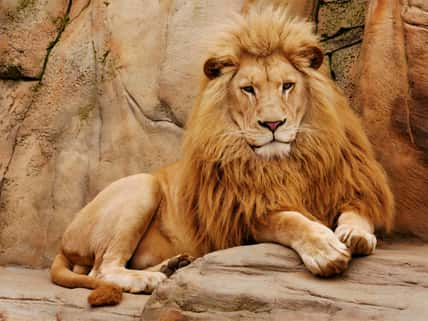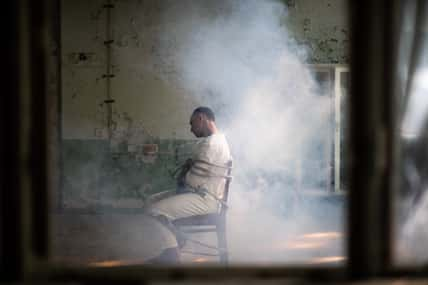Idaho Officials Used Leftover Parachutes From WWII To Drop Beavers Into The Sawtooth Mountain Range In 1948 So The Semi-Aquatic Rodents Could Be Removed From More Populated Areas
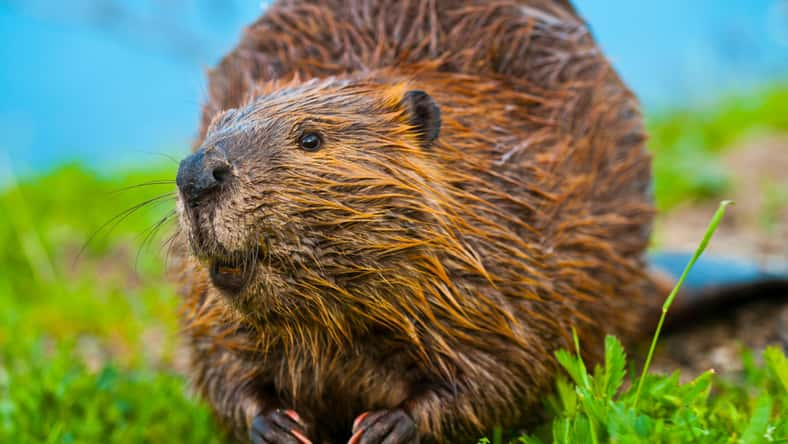
In 1948, officials from Idaho rounded up beavers inhabiting populated places and sent them to faraway remote locations so they would be out of the way of humans.
However, many of the areas that the beavers were being moved to were so rural that no roads could reach them.
As a result, Idaho Fish and Game used parachutes left over from World War Two to drop the beavers over their new home in the Sawtooth Mountain Range.
Nowadays, the beavers’ journey is being reversed. Sites like Idaho and Utah want the beavers back because they are key to managing drought conditions and preventing wildfires.
Satellite images from NASA show that the lands where the beavers had previously settled were much greener and lusher.
In 2018, a wildfire torched thousands of acres surrounding Baugh Creek, but the areas near beaver dams were so moist and verdant that they were resistant to the blaze. Their ability to create complex ecosystems has clearly had such a positive impact on the environment that their work can be seen from space.
Now, NASA is collaborating with researchers to distribute beavers throughout the West and restore the region’s ecosystems.
In September 2023, a bunch of beavers were transferred to Utah to help fight off the fires and droughts plaguing the area. This time, they weren’t parachuted out of planes like they were in Idaho nearly 70 years ago.
Instead, they were saddled on the backs of horses, which is the preferred method of transport today. Parachutes are no longer an affordable option in our current economy, and horses are much more efficient than humans at transporting large groups of beavers.
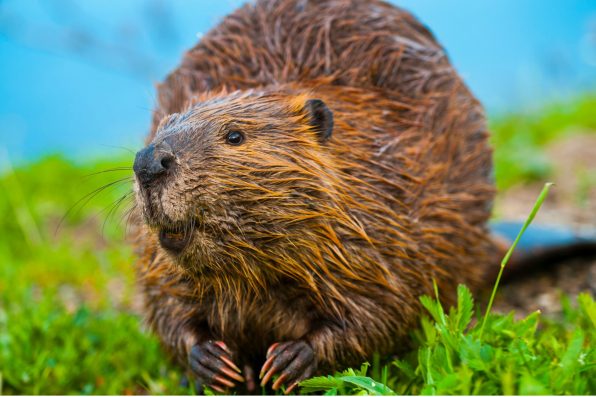
“We would need two people to carry a beaver, normally, whereas a horse can carry two per horse,” explained Nate Norman, the lead biologist for the Beaver Ecology and Restoration Center at Utah State University.
The semi-aquatic rodents aren’t deliberately trying to cultivate healthy ecosystems and combat dry weather conditions. They’re just following their nature.
They build dams that flood the area and create wetlands where a variety of other creatures can thrive. They increase the growth of vegetation and the presence of fish.
Humans can replicate the dams, but the artificially manufactured structures won’t have quite the same impact as the real thing.
The bottom line is that beavers are an essential species that provide many benefits to our planet, transforming entire landscapes and helping them build resistance against drought and fires.
Sign up for Chip Chick’s newsletter and get stories like this delivered to your inbox.


